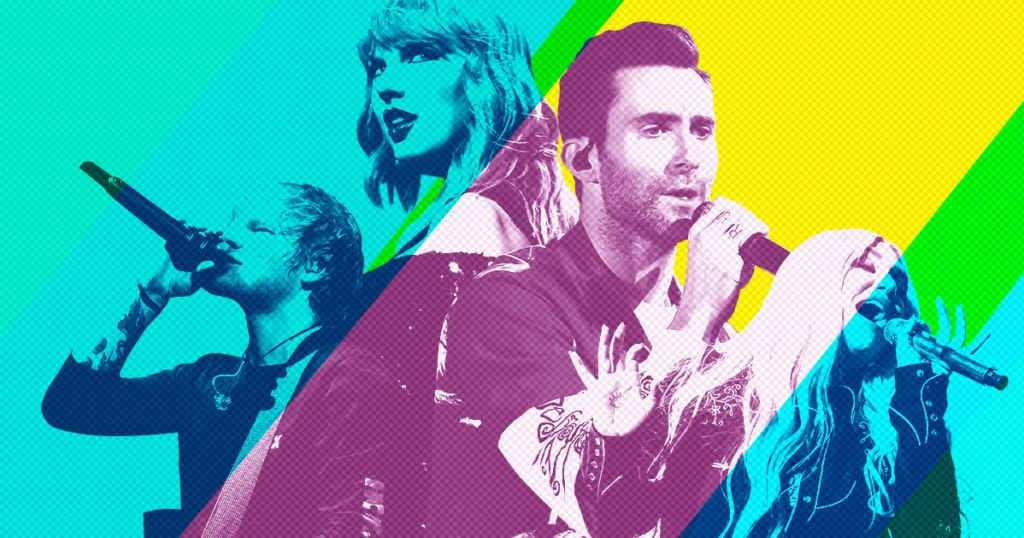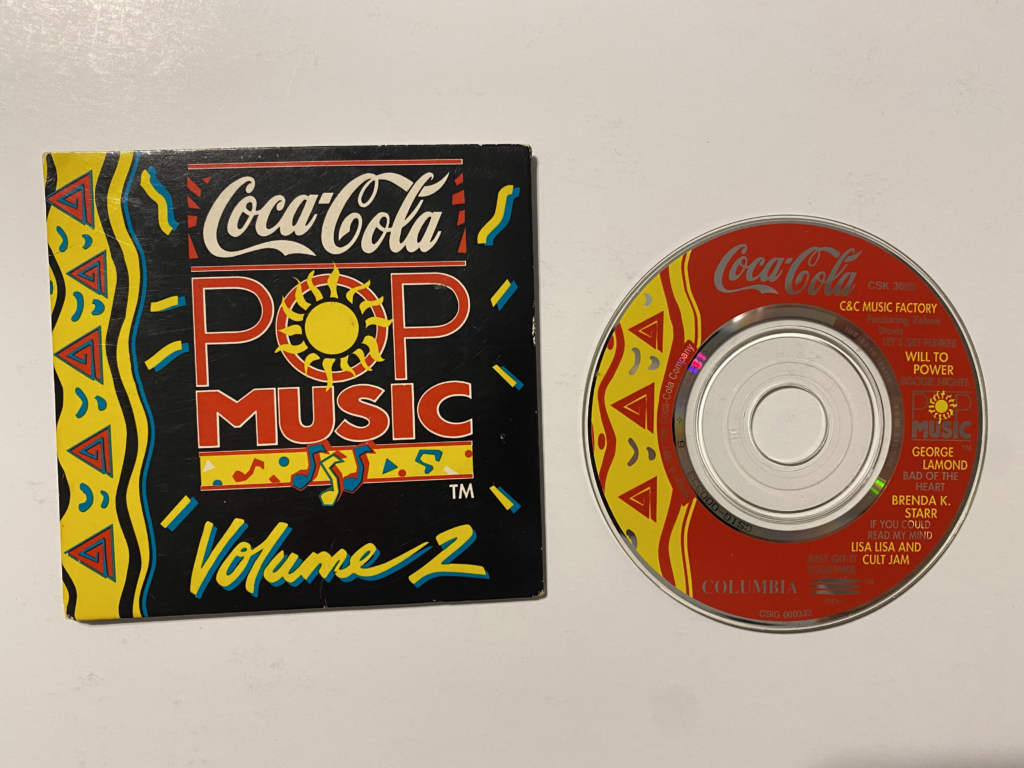
Introduction to Pop Music and its Power in Advertising
Pop music has an undeniable grip on our emotions. With its infectious hooks and catchy melodies, it effortlessly infiltrates our minds and stays there long after the last note fades. When combined with advertising, these addictive pop melodies can create a powerful synergy that captivates audiences and drives brand loyalty.
Consider how many times you’ve found yourself humming a jingle or reminiscing about a commercial featuring your favorite pop hit. This phenomenon isn’t just coincidence—it’s strategic marketing at its finest. Top brands like Coca-Cola, Apple, and McDonald’s have harnessed this power to craft memorable campaigns that resonate deeply with consumers.
This blog post delves into successful case studies of iconic pop music campaigns while exploring the psychology behind why these tunes stick in our heads. We’ll also provide tips for leveraging addictive melodies in your own advertising efforts to boost engagement and enhance brand recall. Join us as we navigate the vibrant world where music meets marketing!
Case Study 1: Coca-Cola’s

Coca-Cola has long embraced the power of addictive pop melodies in its advertising. One of the brand’s standout campaigns featured “Taste the Feeling,” paired with a catchy tune that quickly became synonymous with summer joy.
The song, performed by well-known artists, had an upbeat tempo and relatable lyrics. It evoked feelings of nostalgia and happiness, perfectly aligning with Coca-Cola’s core message: sharing moments together.
This campaign incorporated vibrant visuals alongside the music to enhance emotional engagement. Audiences felt drawn into a world filled with friends and laughter. The melody lingered long after viewing, reinforcing brand recall.
By leveraging pop culture influence, Coca-Cola positioned itself as more than just a beverage; it became part of cherished experiences. Such synergy between music and marketing is what drives successful advertising campaigns today.
Case Study 2: Apple’s

Apple has masterfully integrated addictive pop melodies into its advertising strategy, enhancing the brand’s identity. One standout example is the “Silhouette” campaign for the iPod.
The ad featured dancers in shadowy outlines, moving to a catchy tune by Jet called “Are You Gonna Be My Girl.” The upbeat rhythm grabbed attention and created an instant connection with viewers.
This clever use of music transformed a simple product into a cultural phenomenon. It resonated with consumers, evoking feelings of joy and creativity. Apple turned their commercials into unforgettable experiences that lingered long after viewing.
By aligning itself with trendy tracks and artists, Apple not only promoted products but also tapped into pop culture’s pulse. This synergy between music and visuals paved the way for memorable campaigns that firmly established brand recall among audiences globally.
Case Study 3: McDonald’s

McDonald’s has long recognized the power of addictive pop melodies in its advertising. One standout campaign featured a catchy jingle that quickly became synonymous with the brand.
The “I’m Lovin’ It” hook, made famous by Justin Timberlake, resonated across age groups and cultures. Its infectious rhythm not only captured attention but also sparked enthusiasm for McDonald’s offerings.
This melody cleverly blended into various media strategies—television ads, social media snippets, and even radio spots—ensuring it was everywhere consumers turned. The simple yet effective lyrics created an emotional connection with audiences.
By using pop culture influence effectively, McDonald’s transformed their jingle into a cultural phenomenon. This music-driven approach helped solidify brand identity while enhancing consumer recall during decision-making moments at fast-food outlets worldwide.
The Psychology Behind Addictive Pop Melodies in Advertising
Addictive pop melodies tap into our emotions, creating instant connections. The upbeat rhythms and catchy hooks resonate with listeners on a subconscious level. This connection can trigger nostalgia or evoke happiness, making the brand more memorable.
The brain responds positively to music that is familiar yet fresh. Pop hits often use predictable patterns that feel comfortable but are still exciting enough to capture attention. This blend enhances recall, boosting brand identity in consumers’ minds.
Furthermore, melodies foster an emotional bond between the consumer and the product. When a favorite song plays alongside an advertisement, it transforms mere marketing into an engaging experience.
In this way, brands leverage pop culture influence to engage audiences effectively. Music-driven ads become powerful tools for building long-lasting memories tied to specific products or services.
Tips for Creating a Successful Campaign with an Addictive Pop Melody
Choosing the right melody is crucial. Start with a catchy hook that resonates. Think of tunes that linger in your audience’s mind long after they’ve heard it.
Ensure the lyrics align with your brand message. Use simple phrases and relatable themes to create an emotional connection.
Consider collaboration with emerging pop artists for authenticity. Their fresh sound can enhance your campaign’s appeal while tapping into their fanbase.
Timing matters too. Launch during key cultural moments or events when listeners are most engaged, maximizing impact and reach.
Don’t forget about visuals. Pairing addictive melodies with striking imagery reinforces brand identity and enhances memory recall.
Test your ads before full deployment. Gather feedback on which melodies evoke positive responses to fine-tune your approach effectively.
Conclusion
The synergy between music and advertising has proven to be a powerful tool for brands aiming to create lasting impressions. Successful campaigns like Coca-Cola’s, Apple’s, and McDonald’s have harnessed the magic of addictive pop melodies to enhance brand identity and foster emotional connections with their audiences.
The psychological impact of catchy tunes can’t be ignored; they resonate with consumers on a deeper level, often leading to increased brand recall and engagement. As we’ve explored through these case studies, integrating memorable jingles into marketing strategies not only elevates campaign effectiveness but also taps into the pulse of pop culture.
For marketers looking to replicate this success, focusing on creating engaging music-driven ads that align with their brand values is essential. By understanding consumer behavior and how pop songs in commercials evoke feelings, businesses can craft compelling narratives that leave a mark.
As we witness the continued evolution of media strategies globally, it’s clear that music branding will remain at the forefront of successful advertising efforts. With every catchy melody or viral hit featured in an ad campaign, brands are given another opportunity to connect meaningfully with their audience while solidifying their place within popular culture.
For more such content, keep visiting QAWire


